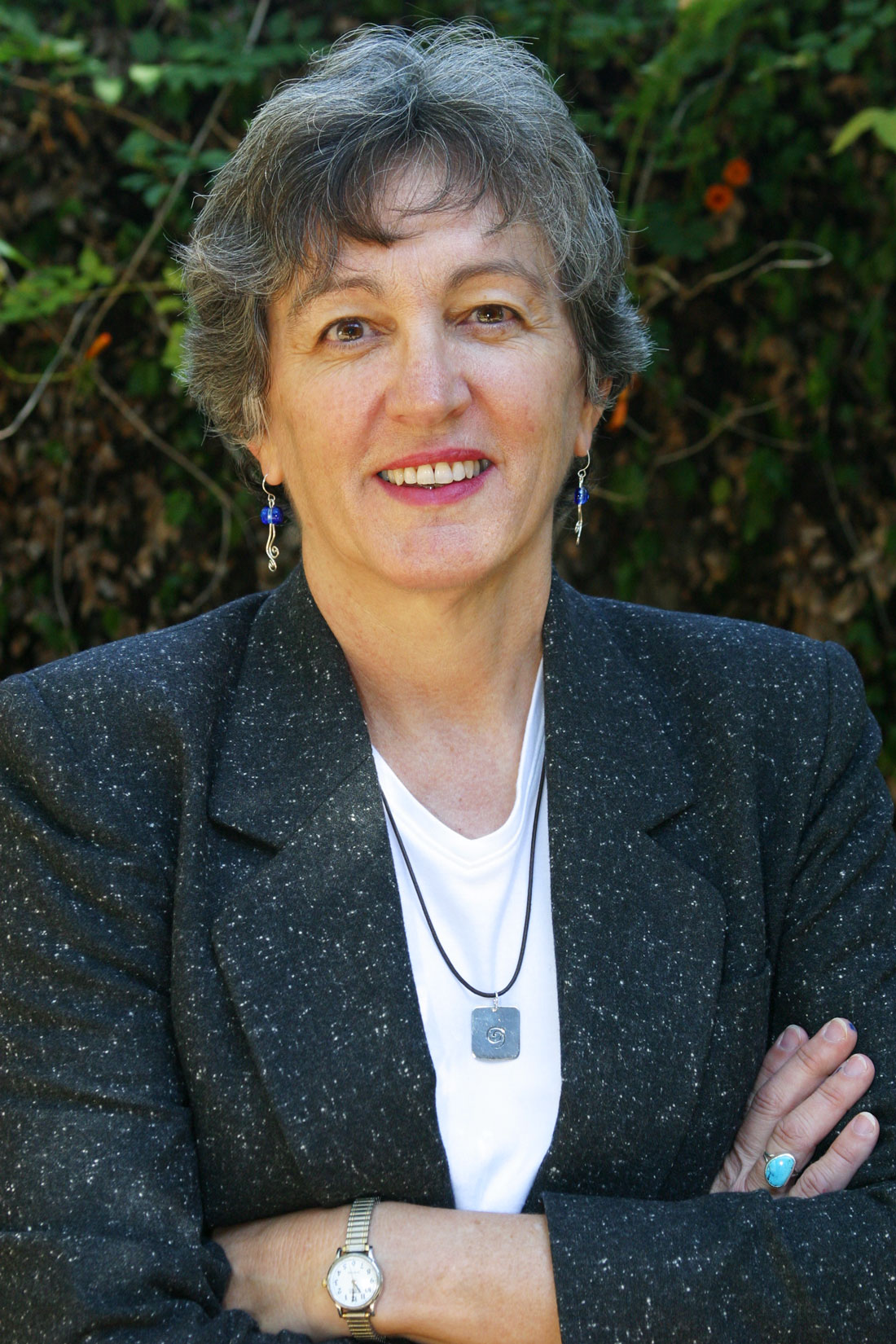Thank God I’m not an atheist; if I were, I’d surely go crazy within the Arlington public school system.
It’s spring now, and butterflies, caterpillars, and the Easter Bunny have arrived in my daughter’s kindergarten classroom. Even though the Easter Bunny and Easter eggs are actually fertility symbols that early Christians borrowed from the pagans, Easter is still about religion – specifically, Christianity. Those who believe that God and Jesus have been left out of public school need to come to Arlington.
Most major religions have a celebration of some kind around the beginning of spring, just as they all have a celebration around the time of the winter solstice. However, the elementary school my daughter attends is long on Easter, Christmas, and Santa and short on anything else.
Ours is the only Jewish family among the 100 kindergartners, although the classes do include kids from at least six Muslim families. I bet that they were as happy as I was when their children came home last December with construction paper decorated with stickers of the baby Jesus, the three wise men, and assorted barn animals. The week before Easter featured the construction of an Easter basket and an Easter egg hunt.
I understand that Easter and Christmas are Christianity’s two defining events. But what does a nativity scene, or Easter, have to do with public kindergarten? How is it relevant? Is there a question coming up on the TAKS pertaining to this?
Regarding the nativity scene that appeared in her classroom at Christmas, my daughter sagely pointed out, “well, Momma, it’s a Jewish family.” I find it hard to be as accepting as she is. I just can’t help but be concerned at how the dominant religion has leaked into my public school.
Some of my Christian friends are appalled as well. One called it “a clear example of a violation of the separation of church and state.”
Separation of church and state, and the idea of a citizen’s freedom to choose a religion without government pressure or favoritism is, of course, a fairly recent idea in the larger historical scheme – though, minor detail, it was the reason the Pilgrims, the Puritans, and the French Huguenots came to this country. And other peoples seeking an escape from religious persecution have continued that tradition up to this moment.
Back when Christianity was a floundering radical Jewish sect, the dominant Romans practiced polytheism, with dozens of gods and goddesses. If you know your history, you know that, during the third century of our common era, the Roman Emperor Constantine realized that the polytheistic religions were losing ground to monotheistic Judaism and Christianity, despite intense persecution of both Christians and Jews by his predecessors.
Constantine made Christianity the new state religion for Romans and began a long tradition of what Professor Michael Cook of Hebrew Union College calls “Gospel dynamics.” Early Christian communities reconfigured the image of Jesus and Christian events, borrowing heavily from the cultures they converted, to address a variety of current events and issues. From that point on, various versions of Christianity were frequently, closely, and often painfully entwined with Western governments.
The exact phrase “separation of church and state” is not explicit in the Constitution. If it were, maybe things would be easier. Constitutional architect Thomas Jefferson, in his 1785 Notes on Virginia, did write “But it does me no injury for my neighbor to say that there are twenty gods, or no god. It neither picks my pocket nor breaks my leg.” He was apparently a big fan of the idea that nobody should be imposing religious ideas or preferences on anyone else.
James Madison, principal author of the Bill of Rights, often wrote of the “total separation of the church from the state … .” And he wrote “strongly guarded … is the separation between religion and government in the Constitution of the United States.”
Ah, they’re not making Republicans like Jefferson and Madison anymore.
In recent years, the federal government and many state and local governments have attempted to clarify the appropriate relationship between religion and public schools. This area of constitutional law is delicate and fraught with controversy, involving both the prohibition on government-sponsored religious expression and the protection of individual religious expression.
The Arlington school district policy, stated on its web site, says in part that inclusion of religious elements in the curriculum is appropriate as long as the material is “intrinsic to the field of study” and “presented objectively.” The curriculum is not supposed to “foster any particular religious tenet nor demean any religious beliefs” but instead to develop mutual respect among students and teach about the role of religious heritage “in the development of civilization.”
That’s awfully vague. And it still leaves me with the questions I started with: How is the Easter Bunny intrinsic to anything my daughter is learning in kindergarten? What lessons of mutual respect are her classmates learning, when all the holidays and the stickers relate to Christianity and not to the Muslim kids’ heritage or my daughter’s or anyone else’s?
Perhaps this would make it more relevant: The math teachers could help the kids calculate how much of my property tax bill is going to purchase Christian educational materials for a public school.
Can you hear that thumping sound? It’s Madison and Jefferson, rolling in their respective graves.
Laurie Barker James is a local freelance writer.











